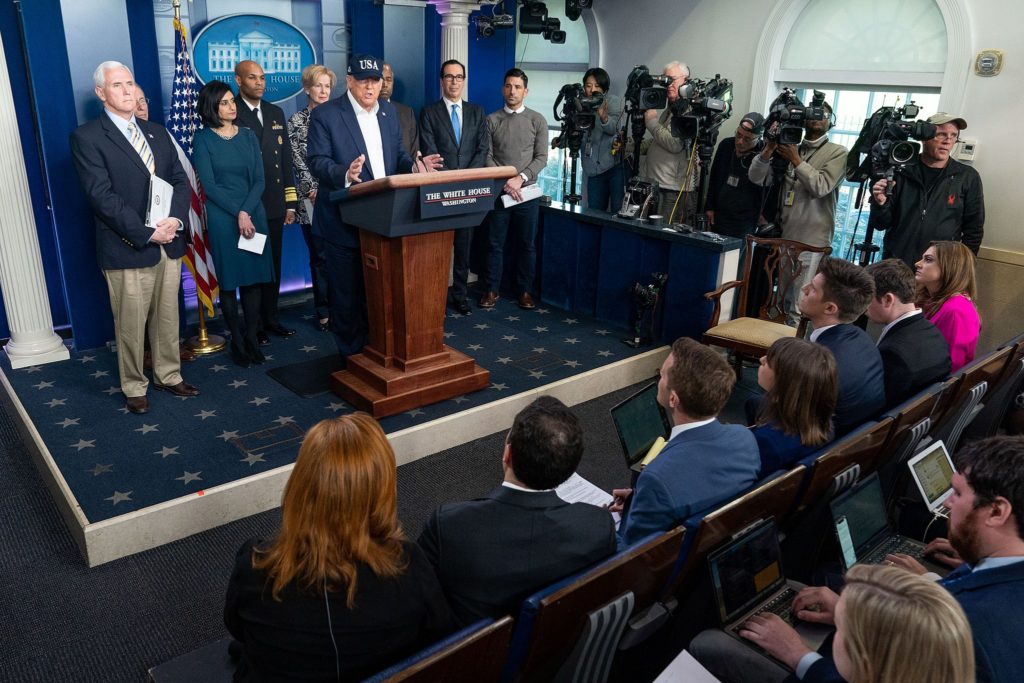Head and Heart: Choosing The Right Spokesperson in Crisis
Editor’s Note: This is the fourth article in a week-long series about crisis communications. These guest posts were written by Jane Jordan-Meier, who recently released her book, “The Four Stages of Highly Effective Crisis Management.” You can read all five articles in this series here and purchase her excellent book here.
Rudy Giuliani became a household hero as New York Mayor on September 11, 2001. President George W. Bush’s slide began when he took three days to properly respond to Hurricane Katrina. BP’s Tony Hayward was sidelined not long after his, now infamous, “I want my life back” quote during the disastrous oil spill in the Gulf of Mexico.
Crises are defining moments. In a crisis, you need speed, decisiveness, authority, honesty – and often significant courage.
It takes courage to step out of the “safe” business mode and step into the public arena. Not only do you need to demonstrate significant compassion and transparency, you need to convey strong conviction for the actions you are taking. And do this all under the glare and scrutiny of millions of eyes and ears, thanks to the relentless 24×7 news cycle.
In today’s lightning-fast digital age, where a single tweet can send out multiple shock waves, spokespeople have but a millisecond to prove their authenticity and their likeability. Words are actually not the heart of the matter at all. The ideal spokesperson is one who can bring both the head and the heart together. They must be totally believable when they are expressing “concern.”
Many times the spokesperson will have been told to say something, that’s the head part, yet their body language and the tone of their voice – the heart – does not match their words. Cognitive dissonance occurs, the audience won’t believe them, and credibility immediately disappears.
Couple the head/heart principle with the media’s demands to speak with front-line personnel, and you have the spokesperson dilemma. Who really is best to speak in a crisis? And when?
Choose your spokespeople:
- According to the stage of the crisis
- Depending on the severity of the crisis
- That uphold the values you and your constituency hold close
The bottom line is this: Are your spokespersons capable of connecting with stakeholders in a compelling, compassionate and credible manner? Do they have grace under fire? Can they keep their emotions under control? Are they authentic and convincing in what they say and do?
For me it’s a mix of spokesperson – operational staff and executives working as a team. Even though the CEO may know less about the details, his or her physical presence sends two powerful messages: “I care and I am accountable.” The head of operations and/or the key technical staff must also be there to deal with the detail, the technology – the nitty-gritty.
Invest in both and test, test, and test again to validate their skills to ensure they will pass the grace under fire, head/heart test. Your reputation may very well depend on their ability to perform.
Click here to read all five articles in this special crisis series.
Click here to purchase Jane’s excellent book.




That should be “lightning-fast”